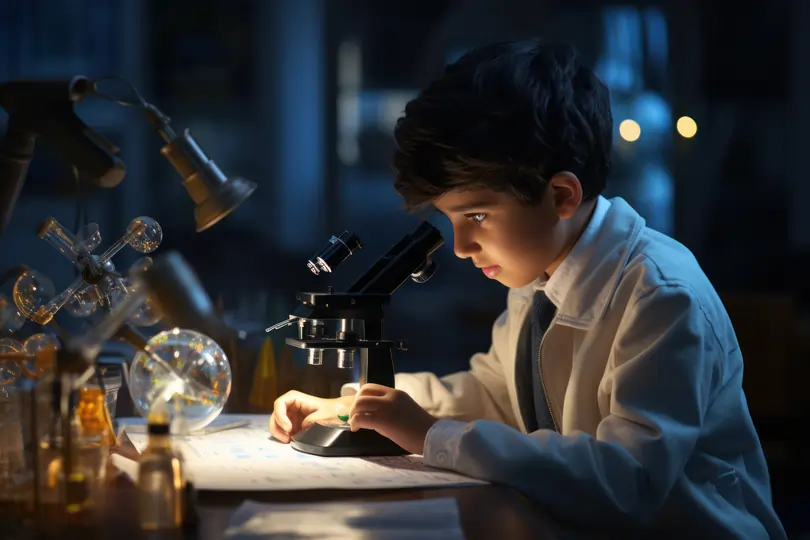Understanding dependent, independent, and control variables in Scientific experiments
- Tags:
- Primary Science

When it comes to scientific experimentation, understanding the roles of variables is crucial. This comprehensive guide sheds light on the concepts of dependent, independent, and control variables, providing a clear understanding of their significance in the scientific method.
Defining independent variables
Independent variables, often referred to as "manipulated variables," are the elements researchers intentionally alter in an experiment. They are the driving forces, the factors researchers believe will influence the outcome. In essence, they are the "if" in the scientific hypothesis.
To illustrate, consider a study on plant growth. In this context, the amount of sunlight the plants receive serves as the independent variable. By varying sunlight exposure, researchers can observe its direct impact on plant growth.
Exploring dependent variables
In stark contrast, dependent variables, also known as "responding variables," are the outcomes or responses measured as a result of changes in the independent variable. They are the "then" in the scientific hypothesis.
In our plant growth experiment, the height of the plants after a specified duration is a classic example of a dependent variable. The key is to ensure that the dependent variable indeed changes due to variations in the independent variable under examination. Dependent variables are the core of the experiment, providing tangible results and data for analysis.
The significance of control variables
Control variables, sometimes referred to as "constant variables," are the unsung heroes of scientific research. They remain unaltered throughout the experiment, serving to maintain consistency. Their pivotal role is to ensure that the only variable influencing the dependent variable is the independent variable. In the plant growth experiment, factors like temperature, soil quality, and water supply can serve as control variables.
By keeping these factors constant, researchers can be confident that any observed changes in plant growth are solely due to variations in sunlight exposure, the independent variable. Control variables are paramount for the experiment's validity.
Key distinctions
To summarise, let's emphasise the critical distinctions between these three types of variables:
- Independent variables are manipulated by researchers and serve as the suspected causes.
- Dependent variables are the outcomes that change in response to alterations in the independent variable.
- Control variables remain constant throughout the experiment, ensuring external factors don't interfere.
Real-life examples
To solidify these concepts, let's consider real-life examples:
- Cooking Pasta:
- Independent variable: Cooking time
- Dependent variable: Pasta texture
- Control variables: Type of pasta, water temperature, pot size
- Medicine Dosage:
- Independent variable: Medication dosage
- Dependent variable: Patient's health improvement
- Control variables: Patient's age, diet, exercise
- Car Fuel Efficiency:
- Independent variable: Type of fuel
- Dependent variable: Miles per gallon (MPG)
- Control variables: Driving conditions, tire pressure, vehicle weight
In conclusion, grasping the distinctions between dependent, independent, and control variables is indispensable for anyone venturing into scientific experimentation. These variables underpin experimental design, enabling researchers to explore causation, decipher cause-and-effect relationships, and derive meaningful conclusions from their endeavours.


 SG
SG  VN
VN 



















